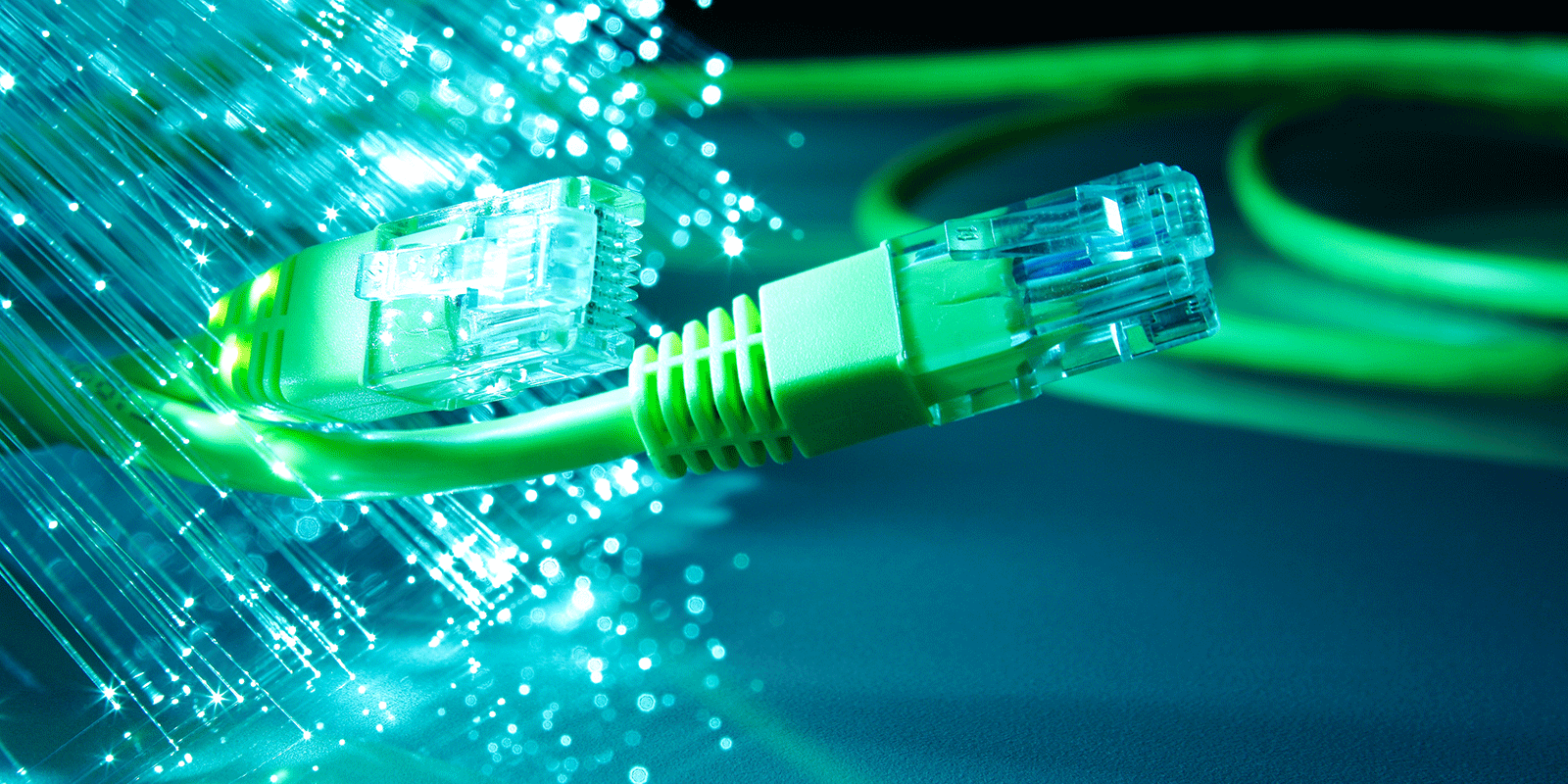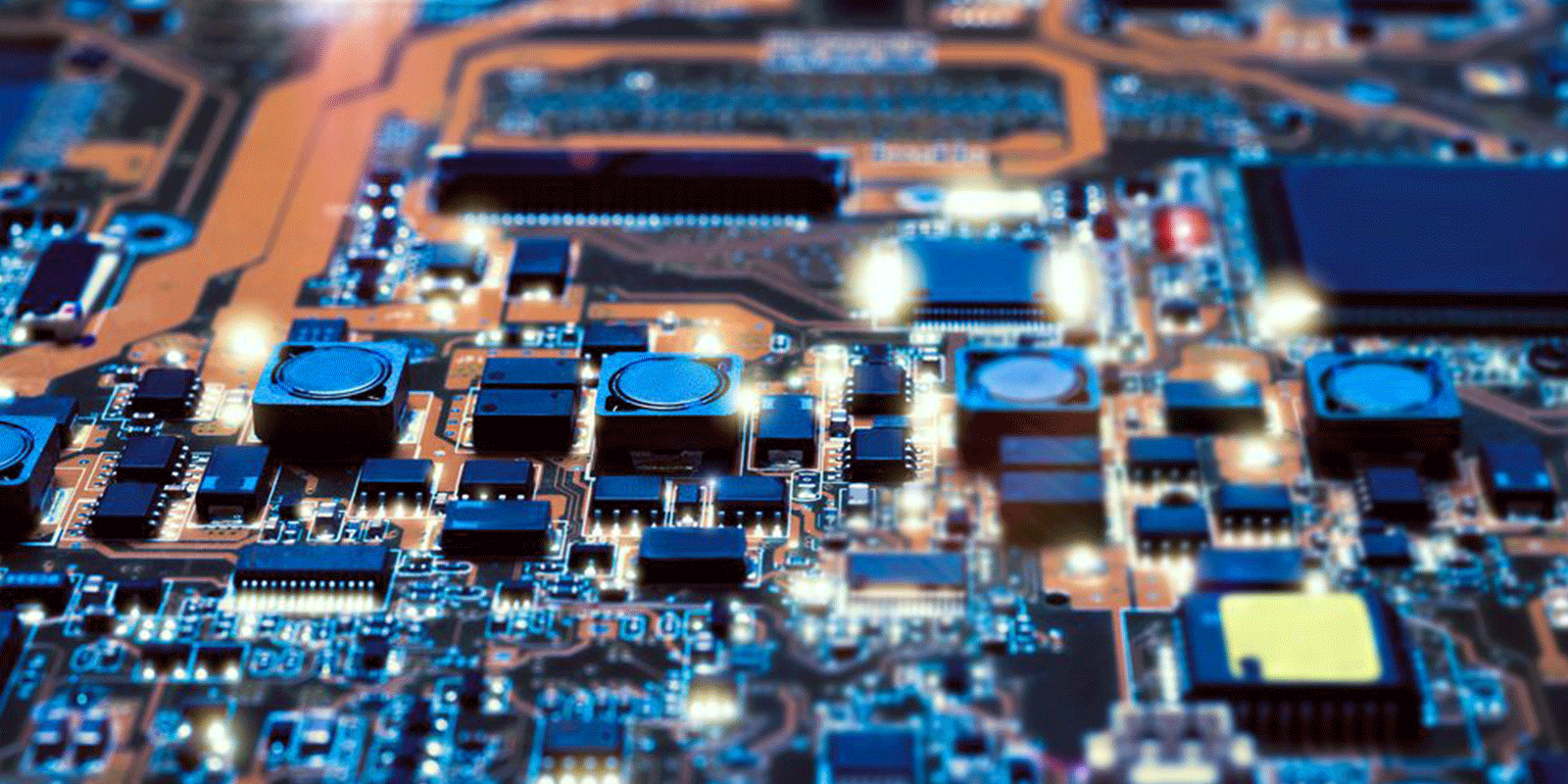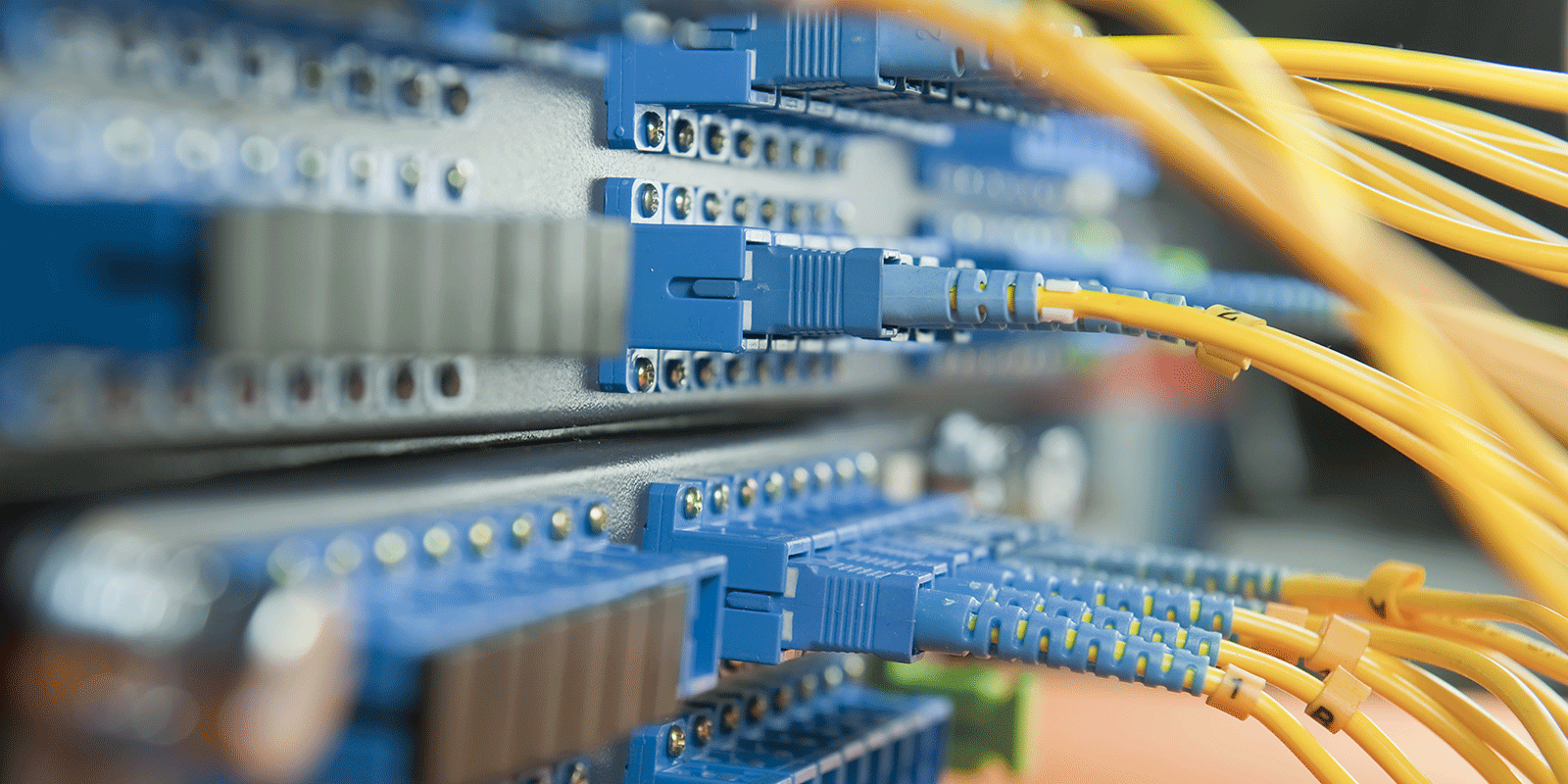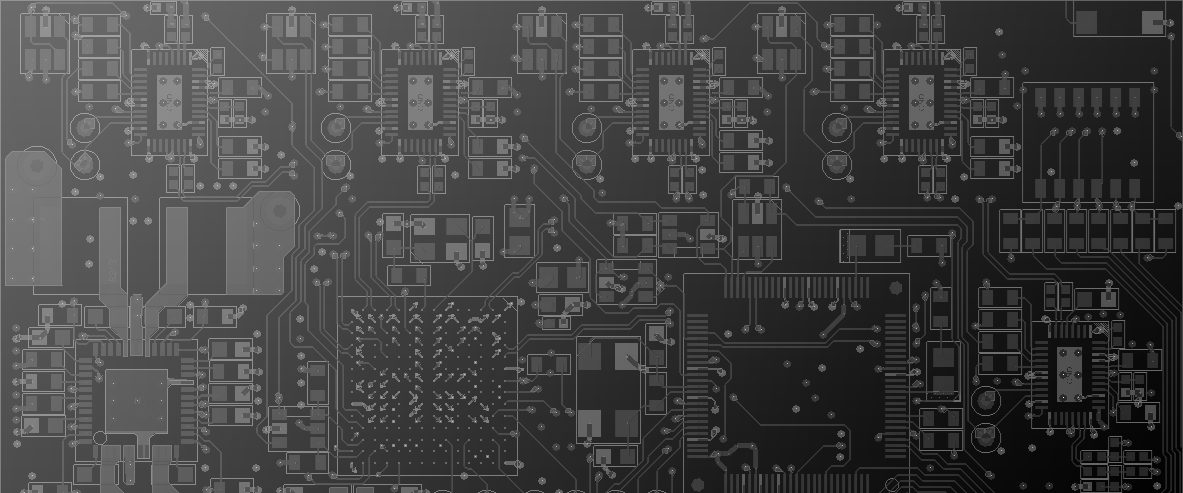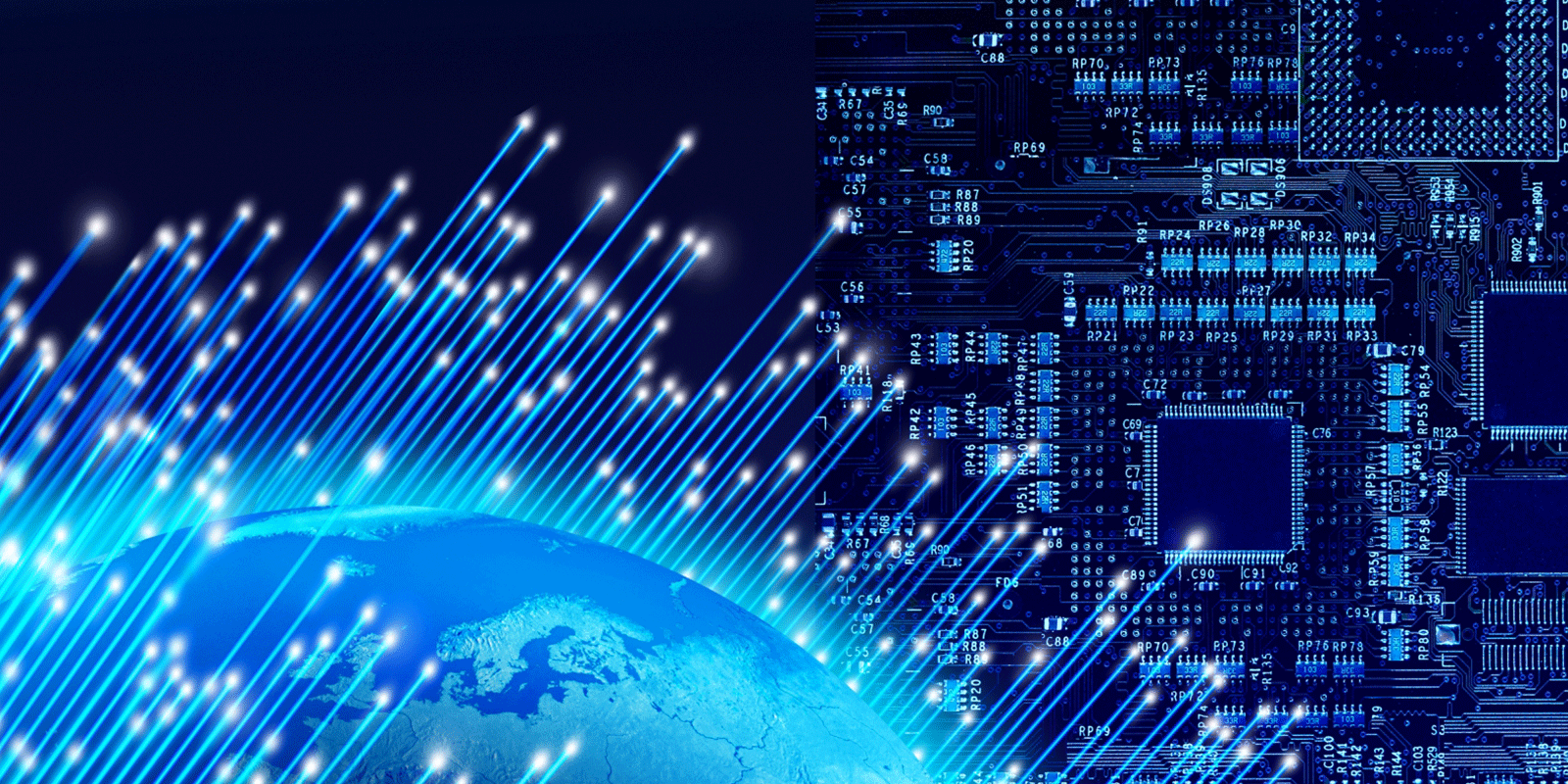
What Are The Biggest Benefits Of Fibre Optics In Broadcast?
Audiences demand high-quality, reliable broadcasts, and engineers are always looking for ways to guarantee perfection. Fibre optics are often posited as the best solution, but why are they so popular? In this article, we look behind the scenes to find out why so many broadcasters have ditched electricity in favour of light.
What Are Fibre Optics?
Optical fibre is a thin cable capable of transferring data signals as light. As light is the vehicle, fibre optics enable information to be sent at the speed of light, 186,000 miles per second. The alternative is a traditional copper cable, where data is transferred more slowly by a less efficient electromagnetic process.
Improved Bandwidth
Bandwidth is the amount of data that can be transferred per second. Measured in megabytes per second (Mbps), bandwidth is responsible for key performance variables such as how fast a program downloads, as well as the efficiency of streaming connections. 100 Mbps is the minimum requirement for basic streaming, but fibre optics can achieve bandwidths of up to 250 Gbps, allowing users to effortlessly broadcast multiple live feeds in vivid, uninterrupted detail.
Quality of Data Transfer
When data is sent as electrical pulses through a copper wire, strength is gradually lost as the distance increases. This can pose a major problem for long-distance transmissions and may result in reduced quality, interrupted broadcasts, or sluggish performance. Fibre optic cables send data as pulses of light, a much more efficient and rapid form of data transfer that maintains the same quality as the original recording for guaranteed quality.
Secure Data Transfer
Traditional copper cables emit signals that can be intercepted. Criminals can attach wiretaps to collect data, resulting in a straightforward method for hacking into private transmissions. In contrast, the data inside fibre optic solutions can only be intercepted by cutting the cable, which would immediately bring the network down, alerting users to the issue. As such, fibre optics have a frontline role in cyber security and preventing data breaches.
Safety First
Any system that requires electricity is inherently risky. Old copper cables can generate a static charge in surrounding surfaces, and this can create sparks that could ignite flammable materials. To combat the risk, cables need to be treated with electromagnetic insulation, which can be both expensive and unreliable. In contrast, fibre optics do not require electricity, making them entirely safe to use. This can be a significant bonus in equipment rooms, where electricity is a primary hazard.
Waterproof and Temperature Proof
Copper is highly conductive, making it vulnerable to external factors such as water, heat, and cold. Wet cables will not work, hot cables are erratic, and cold cables are inefficient. Consequently, copper cables are notoriously unreliable. Fibre optic cables have no metallic components and are therefore so robust that they can even withstand a lightning strike without interrupting communication. For broadcasters, this removes one of the most unpredictable and challenging threats to quality and reliability.
No EMI
Electricity is dynamic, which is why copper wires end up in a tangle. This can lead to a phenomenon known as electromagnetic interruption (EMI), which is where data hops between cables. The more cables in a given area, the greater the risk of EMI, making it a particular problem for electronically dense stadium environments and broadcast settings. In contrast, fibre optic cables involve no electricity, so there is no potential for crosstalk. As an additional bonus, fibre is not affected by EMI, so it can be used around industrial electronic equipment without interruption.
What Next?
At Bluebell Opticom, we support broadcasters with high-quality fibre optic solutions specifically designed for the unique requirements of the industry. To learn more about how our extensive range could enhance your operations, please get in touch today.
Image Source: Unsplash

